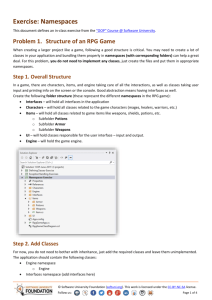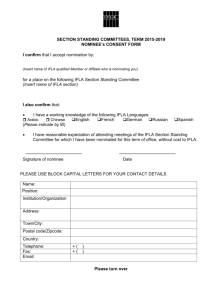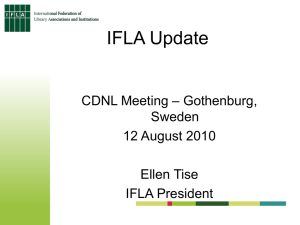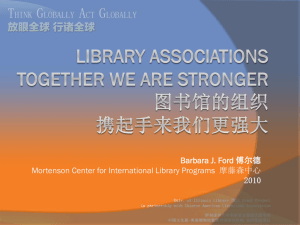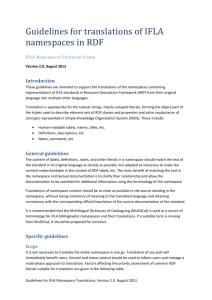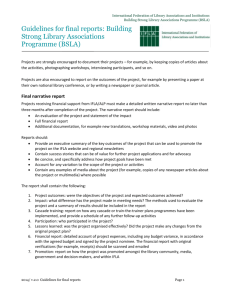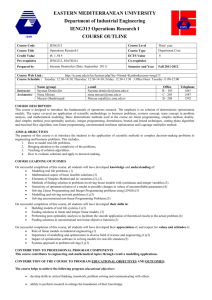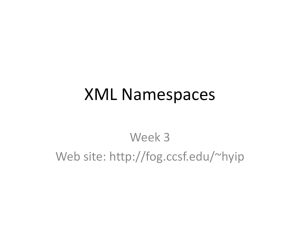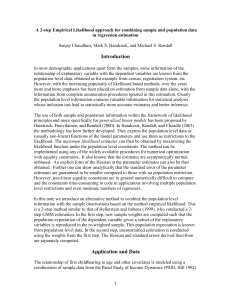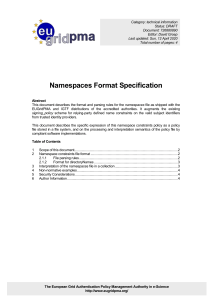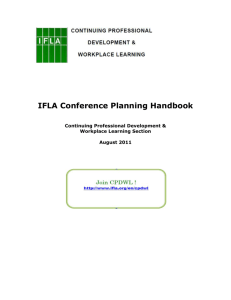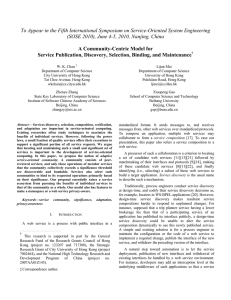Issues of constrained and unconstrained namespaces
advertisement
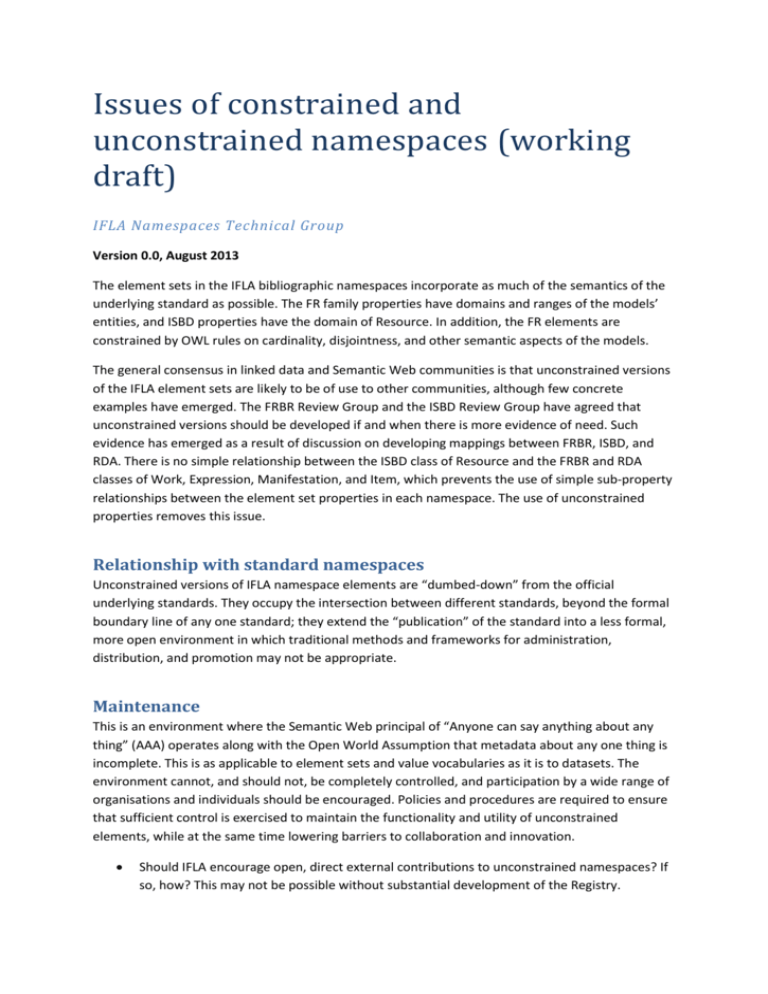
Issues of constrained and unconstrained namespaces (working draft) IFLA Namespaces Technical Group Version 0.0, August 2013 The element sets in the IFLA bibliographic namespaces incorporate as much of the semantics of the underlying standard as possible. The FR family properties have domains and ranges of the models’ entities, and ISBD properties have the domain of Resource. In addition, the FR elements are constrained by OWL rules on cardinality, disjointness, and other semantic aspects of the models. The general consensus in linked data and Semantic Web communities is that unconstrained versions of the IFLA element sets are likely to be of use to other communities, although few concrete examples have emerged. The FRBR Review Group and the ISBD Review Group have agreed that unconstrained versions should be developed if and when there is more evidence of need. Such evidence has emerged as a result of discussion on developing mappings between FRBR, ISBD, and RDA. There is no simple relationship between the ISBD class of Resource and the FRBR and RDA classes of Work, Expression, Manifestation, and Item, which prevents the use of simple sub-property relationships between the element set properties in each namespace. The use of unconstrained properties removes this issue. Relationship with standard namespaces Unconstrained versions of IFLA namespace elements are “dumbed-down” from the official underlying standards. They occupy the intersection between different standards, beyond the formal boundary line of any one standard; they extend the “publication” of the standard into a less formal, more open environment in which traditional methods and frameworks for administration, distribution, and promotion may not be appropriate. Maintenance This is an environment where the Semantic Web principal of “Anyone can say anything about any thing” (AAA) operates along with the Open World Assumption that metadata about any one thing is incomplete. This is as applicable to element sets and value vocabularies as it is to datasets. The environment cannot, and should not, be completely controlled, and participation by a wide range of organisations and individuals should be encouraged. Policies and procedures are required to ensure that sufficient control is exercised to maintain the functionality and utility of unconstrained elements, while at the same time lowering barriers to collaboration and innovation. Should IFLA encourage open, direct external contributions to unconstrained namespaces? If so, how? This may not be possible without substantial development of the Registry. Should IFLA namespace groups set up mechanisms for external suggestions to be moderated, reviewed, and used to develop the namespaces and associated standards internally? Namespace base domain There are three options for the base domain of an unconstrained version of a constrained IFLA names: 1. Use the same base domain as the official element set. 2. Use a separate sub-domain. 3. Use a separate base domain. Use the same base domain Advantages No requirement to set up and administer a new domain. No requirement to set up and administer separate access control. Unconstrained elements seen as part of the "official" namespace and representation of the standard. De-referencing is accommodated within existing service. Disadvantages Difficulty of distinguishing similar labels in browse lists of namespace properties. Requires new local part for each URI. Use a separate sub-domain Advantages Allows separate access control for maintenance. De-referencing is accommodated within existing service. Local part of the URI of each constrained property can be re-used. Unconstrained elements seen as an extension of the "official" namespace and representation of the standard. Disadvantages Requires a separate sub-domain to be set up and administered. Use a separate base domain Advantages Local part of the URI of each constrained property can be re-used. Clearly distinguishes unconstrained properties from the "official" namespace. Allows separate access control for maintenance. Disadvantages Requires a separate domain to be set up and administered. Requires a separate de-referencing service.
